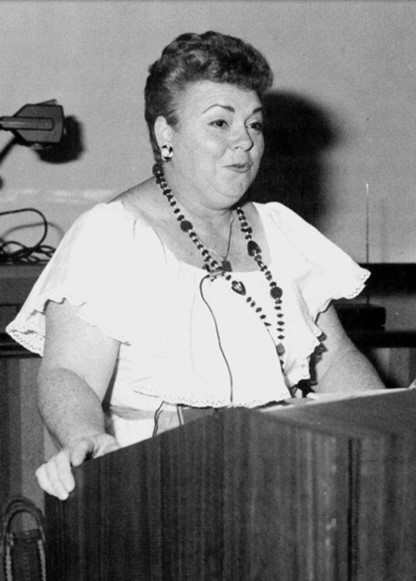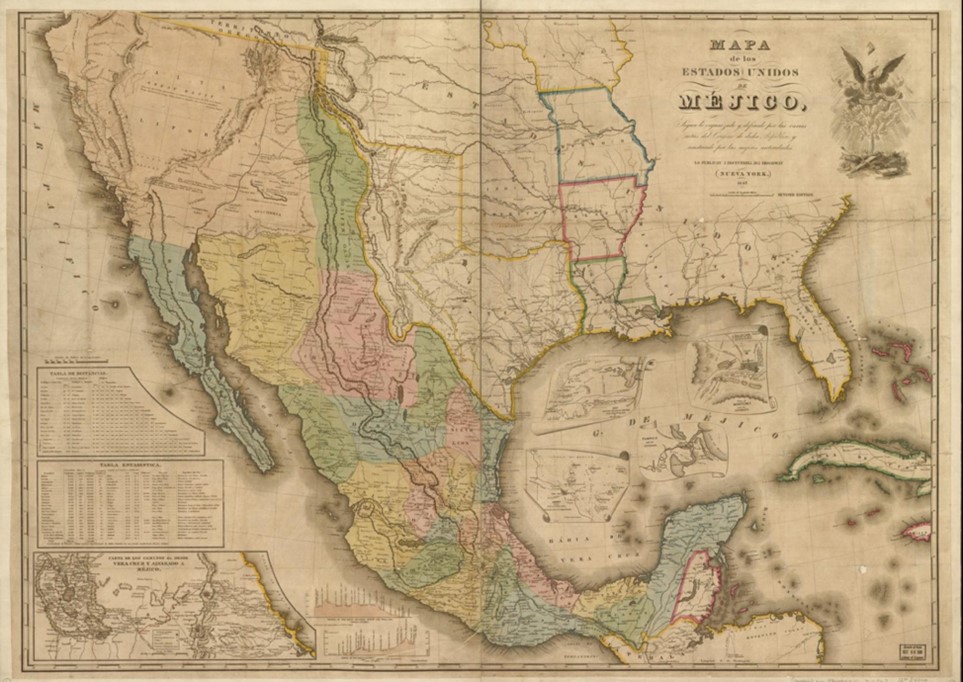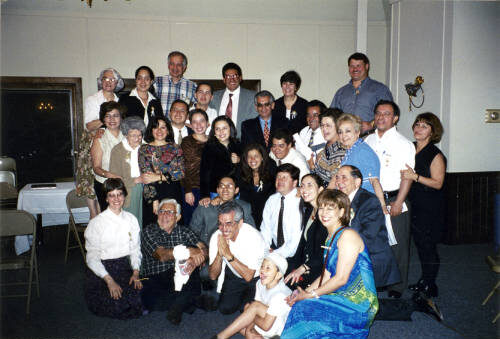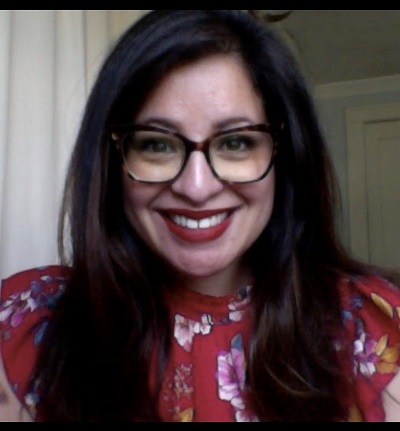
Plan your visit
A Quick Primer on Latino and Hispanic Heritage Month
September 11, 2024

Latino and Hispanic Heritage month (September 15- October 15) brings up a lot of questions and retrospection on what it means to be Latino or Hispanic in the United States. Here are some common questions and insights based on years of presentations and Q&A panels.
Background Information About Hispanic Heritage Month:
It first began as Hispanic Heritage Week in 1968 under the Lyndon Johnson administration. It would expand to a month under the Ronald Reagan administration in 1988.
Presently, this heritage month is a celebration of all Latino and Hispanic cultures in Latin America. These countries account for 20 Spanish-speaking countries and one Portuguese-speaking country, in which all are distinctly different. Latin America is comprised of several regions – Mexico, Central America, South America, and the Caribbean. Additionally, during the start of this month several Latin American countries celebrate their independence from Spain. They are – Costa Rica, El Salvador, Guatemala, Honduras, Mexico and Nicaragua.
Latino v. Hispanic:
- Latino (Latine, Latina, Latinx) are those who are from Latin America (the western hemisphere) and speak Spanish and other European romance languages, like Portuguese.
- Hispanics are those who are both from Latin America and Europe (Spain), who speak Spanish, however, this excludes those who are from Brazil, because they speak Portuguese.
Where Did We Get The Terms- Latino and Hispanic?
- Latino – It originated by the French in the 1800s. The French used the term “Amérique latine”, to signify areas of the Americas that were colonized by those who spoke the Romance languages, Spanish and Portuguese. The French and its Second Empire were allies to Mexico during the Second Mexican Empire (1863-1867), when Mexico had a monarchy.
Coincidentally, it is also where we get the “new” gender-neutral, term – Latine.
- Latinx – The source is unclear, but it first came to widespread popularity by online communities as a gender-neutral term. This is also attributed to have been started by academics in academia. It is important to note that this did not originate in Spanish speaking countries.
- Hispanic – It originated in the mainstream during the 1970s. In part by the Mexican American Legal Defense and Education Fund (MALDEF), who heavily lobbied for this term to be added as a distinct ethnic category on the U.S. Decennial Census. Official Federal offices using the term “Hispanic” took root during this decade. Prior to this, U.S. born Latinos/Hispanics were statistically invisible on the census. This would be rectified in 1980.
Statistic Invisibility:
Prior to 1848, a third of the western United States was once Mexico. And Puerto Rico was a part of the U.S. beginning in 1898, later becoming an official U.S. territory in 1917. These federal actions made these peoples U.S. citizens overnight. At this time U.S. citizens were only categorized as white or black on the U.S. Census. Factors like these further added to this historic statistic invisibility. It makes me question of what the “true” statistics of Latinos/Hispanics in the United States if we began to collect that data for the U.S. Census beginning in 1850.

Mapa de los Estados Unidos de Méjico : segun lo organizado y definido por las varias actas del congreso de dicha républica y construido por las mejores autoridades, 1847. Library of Congress Geography and Map Division.
Native and Foreign Language Suppression:
- Not all Latinos speak Spanish or Portuguese. There are 560 indigenous languages/dialects in Latin America. Some of these dialects were lost during European occupation and assimilation efforts.
- Also, in the United States there was widespread native language suppression in the education system since the late 1800s, first with Indigenous peoples, during the Indian boarding schools era, forcing assimilation. Secondly, during WWI the United States put an emphasis on “Americanizing” all ethnicities, enforcing the use of the English language via legislation. Although this would be overturned in the 1920s, foreign language speakers in the United States would continue to be stigmatized for decades. Dual language education programs did not develop in the U.S. until the 1980s. (This is different from foreign language electives)

Sociedad Amigos de Colombia (Friends of Colombia Society), SADCO, 1990 Carmen DeRusha, IHS
Latinos and Hispanics are not a homogenous group. Is it important to understand that within the Latino and Hispanic communities, there are vast differences of ethnic culture, language, values, and religious beliefs. All are not one in the same or one culture does not have superiority over another. Understandably, these factors can make it seem difficult to approach this heritage month for non-Latinos. However, it is not that complicated. Many from these communities simply ask is that you have an open mind, a willingness to learn, and join in the celebration.
Happy Latino and Hispanic Heritage Month to all who celebrate.









